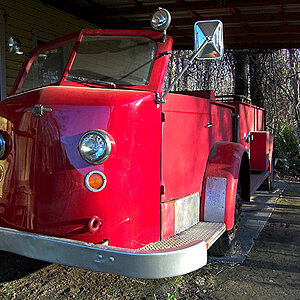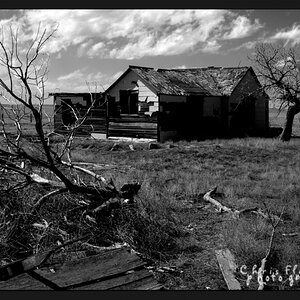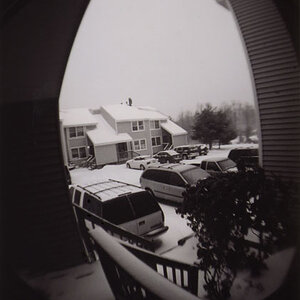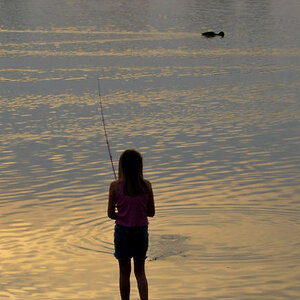- Joined
- May 1, 2008
- Messages
- 25,422
- Reaction score
- 5,003
- Location
- UK - England
- Website
- www.deviantart.com
- Can others edit my Photos
- Photos OK to edit
One thing is becomming clear to me - I habe problems controling highlights. Whenever I encounter them my aim is to remove them by reducing the exposure (either by eposure compensation or using a smaller aperture) which results in most of my shots being exposed to the left (looking at the histogram) and yet I still get highlight problems even then.
Is there a way of controling the highlights which allows me to expose more to the right?
ps I am dealing mostly with wildlife photography and a key area of problem is when dealing with strong sunlight (yes I know its a general problem area)
Is there a way of controling the highlights which allows me to expose more to the right?
ps I am dealing mostly with wildlife photography and a key area of problem is when dealing with strong sunlight (yes I know its a general problem area)


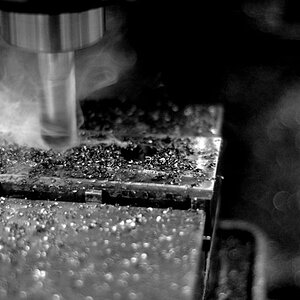
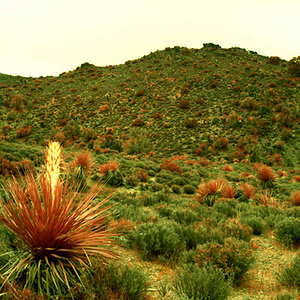
![[No title]](/data/xfmg/thumbnail/34/34483-f862f99992bbdd79e95d390a65e59f6e.jpg?1619736510)
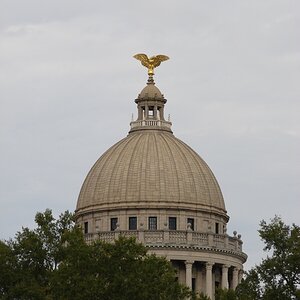
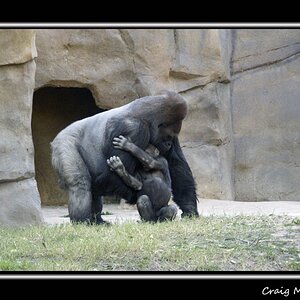
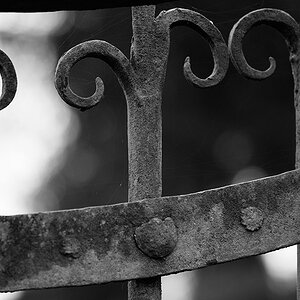
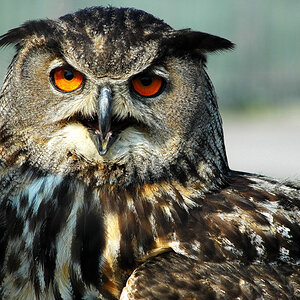
![[No title]](/data/xfmg/thumbnail/37/37620-c3155da657d8b81637b9050d879694f5.jpg?1619738152)
